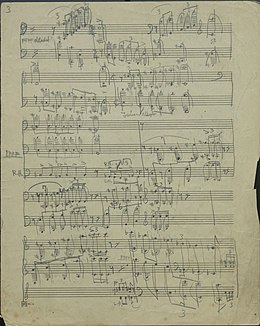
Henry Dixon Cowell was an American composer, writer, pianist, publisher, teacher and the husband of Sidney Robertson Cowell. Earning a reputation as an extremely controversial performer and eccentric composer, Cowell became a leading figure of American avant-garde music for the first half of the 20th century — his writings and music serving as a great influence to similar artists at the time, including Lou Harrison, George Antheil, and John Cage, among others. He is considered one of America's most important and influential composers.

The Tides of Manaunaun is a short piano piece in B♭ minor by American composer Henry Cowell (1897–1965). It premiered publicly in 1917, serving as a prelude to a theatrical production, The Building of Banba. The Tides of Manaunaun is the best known of Cowell's many tone cluster pieces.
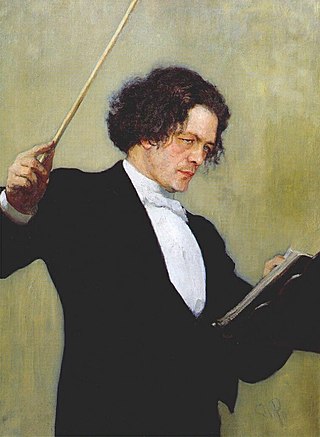
Anton Grigoryevich Rubinstein was a Russian pianist, composer and conductor who became a pivotal figure in Russian culture when he founded the Saint Petersburg Conservatory. He was the elder brother of Nikolai Rubinstein, who founded the Moscow Conservatory.

Lou Silver Harrison was an American composer, music critic, music theorist, painter, and creator of unique musical instruments. Harrison initially wrote in a dissonant, ultramodernist style similar to his former teacher and contemporary, Henry Cowell, but later moved toward incorporating elements of non-Western cultures into his work. Notable examples include a number of pieces written for Javanese style gamelan instruments, inspired after studying with noted gamelan musician Kanjeng Notoprojo in Indonesia. Harrison would create his own musical ensembles and instruments with his partner, William Colvig, who are now both considered founders of the American gamelan movement and world music; along with composers Harry Partch and Claude Vivier, and ethnomusicologist Colin McPhee.
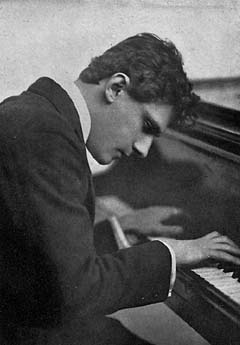
Leo Ornstein was an American experimental composer and pianist of the early twentieth century. His performances of works by avant-garde composers and his own innovative and even shocking pieces made him a cause célèbre on both sides of the Atlantic. The bulk of his experimental works were written for piano.
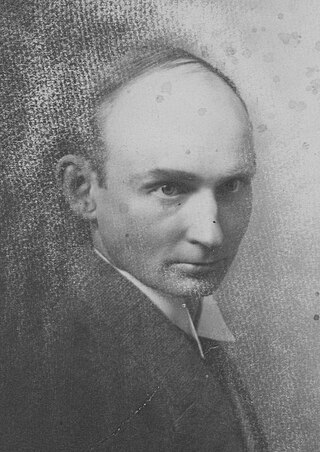
Carl Ruggles was an American composer, painter and teacher. His pieces employed "dissonant counterpoint", a term coined by fellow composer and musicologist Charles Seeger to describe Ruggles' music. His method of atonal counterpoint was based on a non-serial technique of avoiding repeating a pitch class until a generally fixed number of eight pitch classes intervened. He is considered a founder of the ultramodernist movement of American composers that included Henry Cowell and Ruth Crawford Seeger, among others. He had no formal musical education, yet was an extreme perfectionist — writing music at a painstakingly slow rate and leaving behind a very small output.
A tone cluster is a musical chord comprising at least three adjacent tones in a scale. Prototypical tone clusters are based on the chromatic scale and are separated by semitones. For instance, three adjacent piano keys struck simultaneously produce a tone cluster. Variants of the tone cluster include chords comprising adjacent tones separated diatonically, pentatonically, or microtonally. On the piano, such clusters often involve the simultaneous striking of neighboring white or black keys.
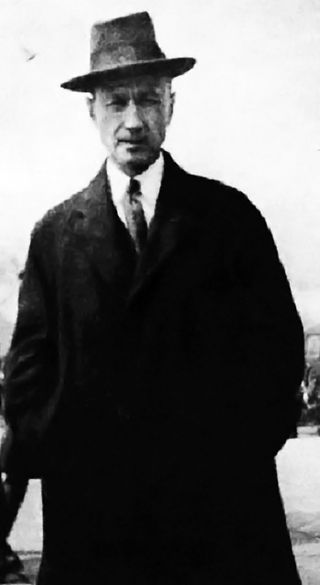
The Piano Sonata No. 2, Concord, Mass., 1840–60 is a piano sonata by Charles Ives. It is one of the composer's best-known and most highly regarded pieces. A typical performance of the piece lasts around 45 minutes.
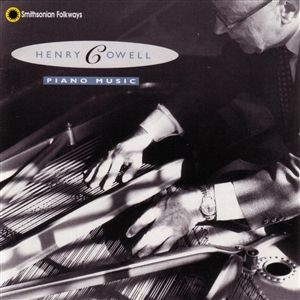
String piano is a term coined by American composer-theorist Henry Cowell (1897–1965) to collectively describe pianistic extended techniques in which sound is produced by direct manipulation of the strings, instead of or in addition to striking the piano's keys. Pioneered by Cowell in the 1920s, such techniques are now often called upon in the works of avant-garde classical music composers.
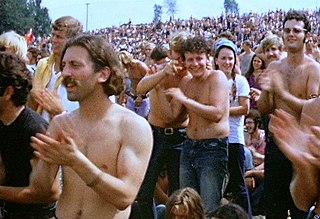
Concert etiquette refers to a set of social norms observed by those attending musical performances. These norms vary depending upon the type of music performance and can be stringent or informal.
The American Five is a collective name applied by some writers to the modernist American composers Charles Ives (1874–1954), John J. Becker (1886–1961), Wallingford Riegger (1885–1961), Henry Cowell (1897–1965), and Carl Ruggles (1876–1971). They were noted for their modernist and often dissonant compositions which broke away from European compositional styles to create a distinctly American style. The name was coined in imitation of the group of Russian composers called The Five.
Johanna Magdalena Beyer was a German-American composer and pianist.

Variations on a Theme from Carmen is a set of variations composed and performed by the Russian-American pianist Vladimir Horowitz. They are based on the Gypsy Dance from Georges Bizet's opera Carmen (1875).

The Cocked, Locked, Ready to Rock Tour was a concert tour by American hard rock band Aerosmith that took place during mid-2010. In late spring and early summer of 2010, the band performed in South America and Europe, respectively, marking their first concerts on those continents since 2007. During the second half of summer, the band toured North America. Prior to the tour, the band confirmed that the lead singer would be Steven Tyler, after rumors of his departure in late 2009.

John Kirkpatrick was an American classical pianist and music scholar, best known for championing the works of Charles Ives, Aaron Copland, Carl Ruggles, and Roy Harris. He gave the first complete public performance of Ives's Concord Sonata in 1939, which became a turning point in the composer's public recognition. Kirkpatrick played an important role in Ives scholarship, and he was leader in the Charles Ives Society. One important example is his role in the editing of Memos, which is a collection of Ives's autobiographical writings. At the time of his death Kirkpatrick was a professor emeritus at Yale University, where he had also been the curator of the Charles Ives archives.
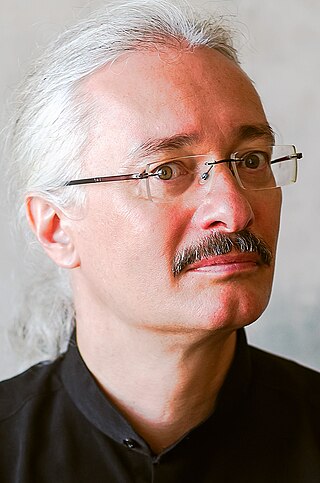
Stephan König is a German composer, pianist and conductor. He is the musical director of the "LeipJAZZig-Orkester" and the chamber orchestra "artentfaltung" and is considered one of the most authoritative Jazz musicians in Leipzig.
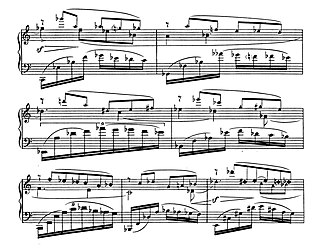
Henry Cowell's 1920 work Fabric, HC 307, is a short piano piece meant to be an exercise in a form of experimental rhythmic notation he had been developing at the time.
Henry Cowell wrote the piano piece The Snows of Fuji-Yama, HC 395, in 1924.
Henry Cowell wrote his Variations for Orchestra, HC 833, in 1956.
